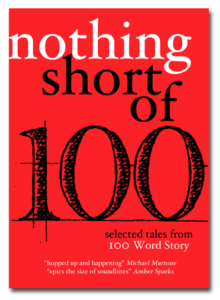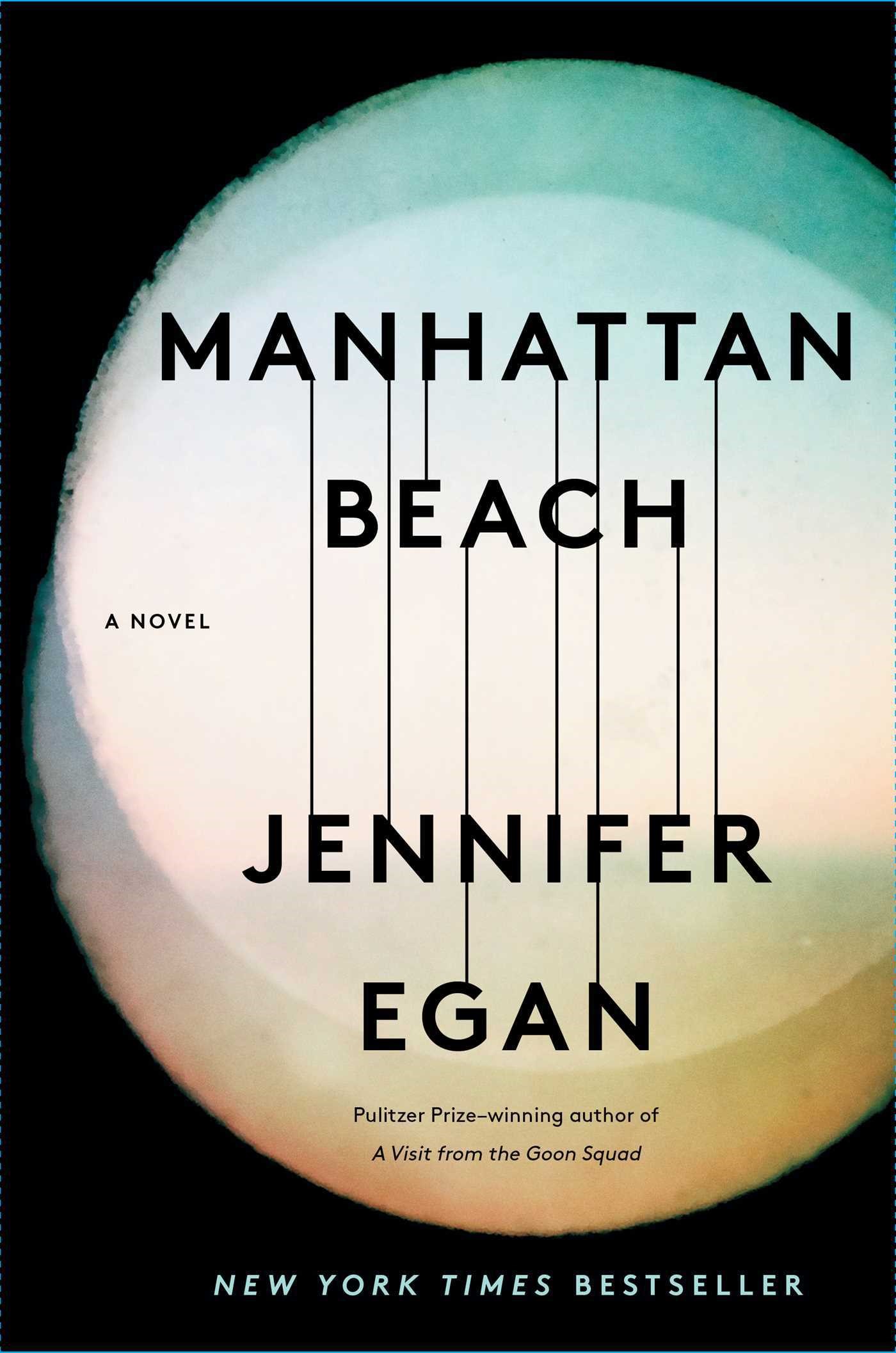Posted by Nicole Callahan, GD Fiction Reader for 7.1
Ask any writer about their writing from high school and their general reactions are likely to be the same: embarrassment. As a general rule of thumb, working in any creative field is a never-ending, slow upward climb that can make the experience of looking back either gratifying or mortifying (and sometimes both). My different experiences working on literary magazines have taught me similar lessons about being an editor.
My high school was very small, but our literary magazine, The Mast, had been around for decades. The club was run by our English teacher, Mr. Seffick, a patient soul who suffered alongside us on our creative journey.
One of the most obvious distinction between The Mast and Gandy Dancer is the disparity in resources. The Mast was lucky to hold a meeting of 10 members and submissions largely came from the staff. The class that produces Gandy Dancer is lucky to have 20+ students and can still feel under-staffed sometimes. The Mast did not use Adobe InDesign. Instead, we would physically lay out the magazine and then entrust the physical copy it to the two students who knew how to work Photoshop. Our online presence was nil simply because we didn’t have the time or understanding to create a good blog, though our technical squad did occasionally post videos calling for submissions. Continue reading →



 It seems odd to refer to a piece as being a clear love letter to the art of literary form. Isn’t that just a pompous way of saying that it is well-written? Perhaps not. In this issue of
It seems odd to refer to a piece as being a clear love letter to the art of literary form. Isn’t that just a pompous way of saying that it is well-written? Perhaps not. In this issue of 




